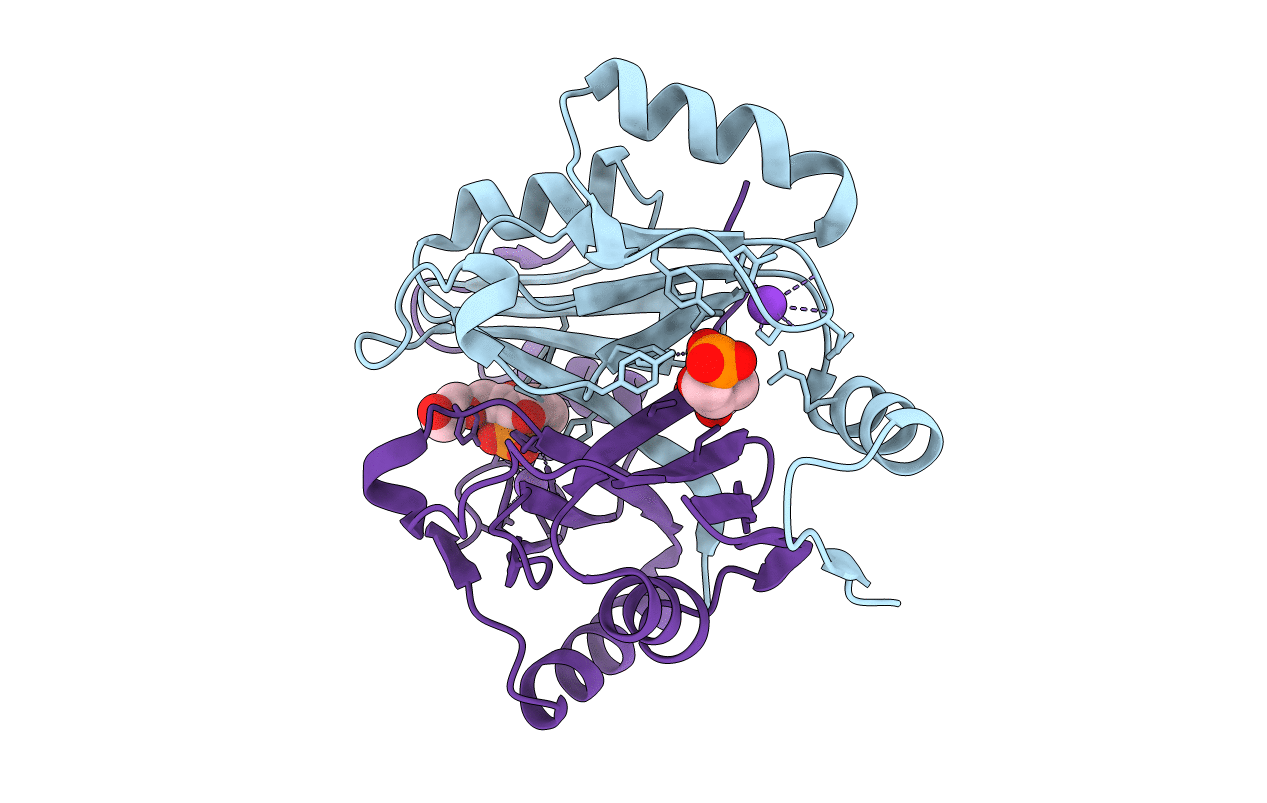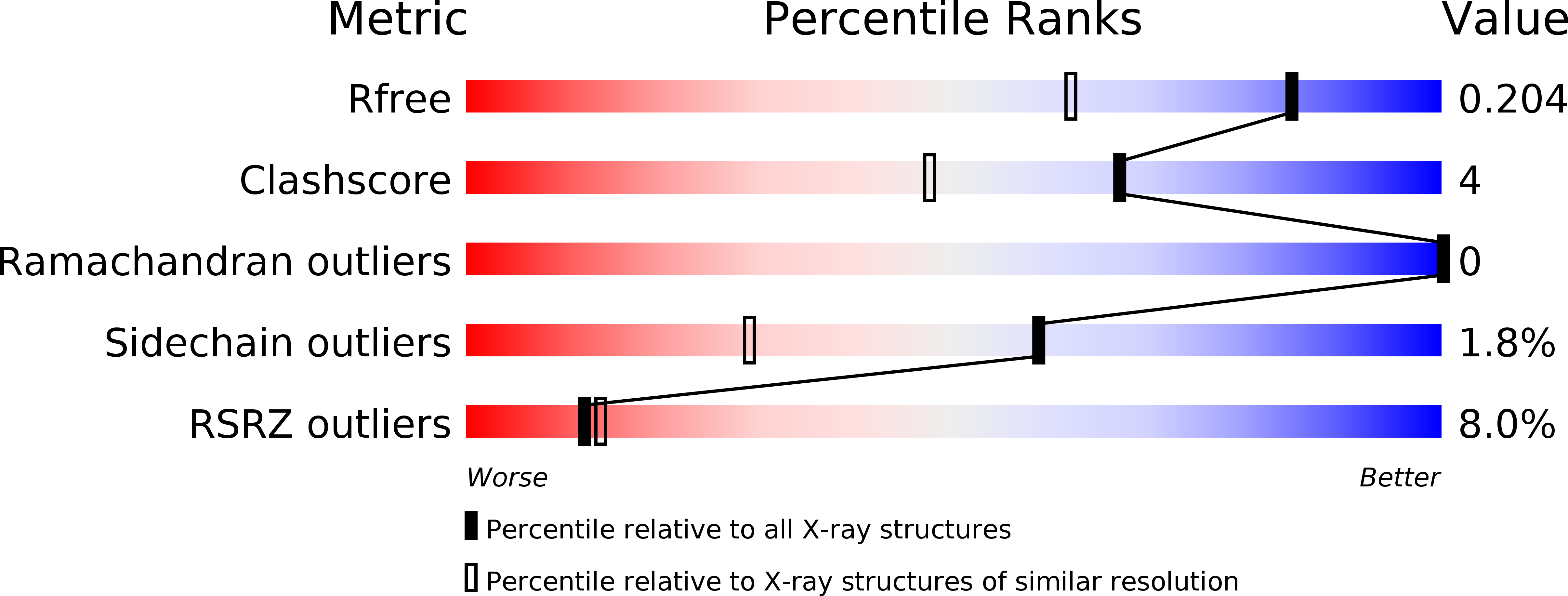
Deposition Date
2017-03-07
Release Date
2017-08-30
Last Version Date
2023-10-04
Entry Detail
PDB ID:
5V3D
Keywords:
Title:
Crystal structure of fosfomycin resistance protein from Klebsiella pneumoniae with bound fosfomycin
Biological Source:
Source Organism:
Klebsiella pneumoniae (Taxon ID: 573)
Host Organism:
Method Details:
Experimental Method:
Resolution:
1.54 Å
R-Value Free:
0.20
R-Value Work:
0.16
R-Value Observed:
0.17
Space Group:
P 21 21 21


